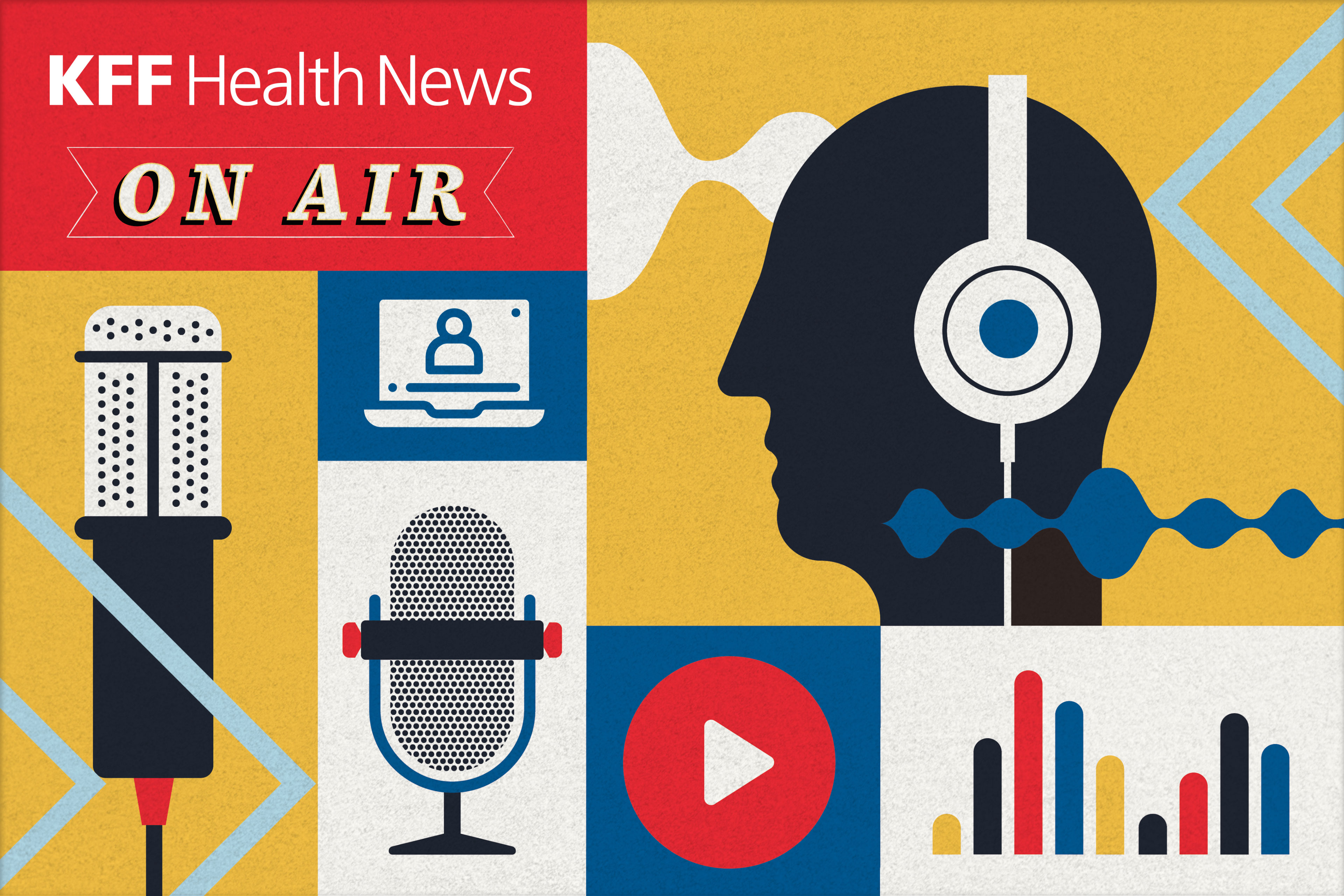It was supposed to be easier than this.
When the Affordable Care Act was passed in March 2010, the goal was to help more Americans get health insurance. And, indeed, the establishment of online marketplaces and a broadening of the eligibility guidelines for Medicaid accomplished that.
Fifteen years later, however, that system is anything but user-friendly.
Young adults looking for health insurance will likely benefit from talking with so-called navigators who work for the online marketplaces. But if you want to go it alone, here are some tips about shopping for a plan, based on the advice of policy experts and people who have spent hundreds of hours helping others navigate this unwieldy set-up.
Buckle up.
Start Here
Begin your search at least two months before your 26th birthday. In some cases, you can sign up for a plan in advance so that it takes effect on your birthday.
First, find out if your family plan ends on your birthday or at the end of your birthday month. A few states allow young adults to stay on their family plan until they are 29, with certain conditions and, generally, higher costs. A navigator will know more.
You may have the option to stay, for a limited time, on your family’s plan under COBRA, a federal program that allows those with group health plans to extend their coverage past age 26. Odds that you will be approved for an extension are even higher if you can claim a disability.
Be aware, though, that this option will involve a considerable expense, since you will be required to pay the entire premium (the employer will no longer pay what is usually a substantial share). Those who claim a disability can often stay on the family plan after age 26, depending on the type of insurance the family holds.
If you’re undergoing medical treatment and can’t change hospitals or doctors, paying this premium may be your best course. You don’t have this option, however, if your family is insured through an Obamacare plan.
Before you start your search, make a list of the medicines and physicians you rely on, and highlight those you can’t do without. Rank them, even.
It’s quite likely that you will have fewer choices on the marketplace than you had on a parent’s plan. Be prepared to make some switches and trade-offs.
Find the Right Marketplace
Thirty-two states have adopted the federal marketplace as the place residents can go to compare and buy insurance policies. The rest run their own online marketplaces. You can find out here where to shop for insurance policies in your state.
Make sure you land at an official ACA website. There are many look-alikes run by private insurance brokers. The federal marketplace is found at healthcare.gov and nowhere else.
Note that official state marketplaces sometimes have unusual names. The New York State of Health, Kynect (Kentucky), Covered California, and CoverMe (Maine) are examples.
In states that use the federal marketplace, shoppers can find assistance here. On the state-based marketplaces, there is often a “find local help” button or a tab that directs you to a person who can help you find a good plan.
You will generally be asked to choose a broker, who is paid a commission if you sign up, or an “assister,” who provides the service at no cost. Assisters have received special training in the marketplace they serve, and, because they provide the service free, they have no financial incentive to steer you to a plan that pays a commission to the seller.
Assisters are often navigators who are funded by the marketplace, but in some cases they work for hospitals, health plans, or local nonprofits. You’ll have to ask.
While navigators are generally a surefire option for sound advice, they may become harder to find now that the Trump administration has cut funding for them in states that rely on the federal marketplace. (States that run their own marketplaces are unaffected.)
Many nonprofits and states run excellent programs that offer free assistance. And if, for example, you’re in the middle of cancer treatment, an assister affiliated with your hospital may offer better advice on picking a plan, since they will know which ones have contracts that may cover more of your expenses.
Ideally, these experts will walk you through the process and know which buttons to push to ensure you get the best coverage for your needs at the best rate for which you are eligible.
Sign Up
Once you’re on an official website that markets plans under the ACA, you will be asked to enter your personal information as well as an estimate of your income.
Forty states and the District of Columbia cover single young adults with no children under Medicaid if their income is low enough to qualify. If you’re eligible, you should be redirected to the Medicaid website to start the enrollment process, or you may enroll directly on the marketplace site.
But be aware that the Republicans’ recently passed domestic policy bill has increased the requirements and the paperwork required to get on, and stay on, Medicaid.
Medicaid, a joint federal and state program that provides health insurance to low-income Americans, does not charge its members a premium, and it covers medications at a nominal cost or free. The caveat is that those enrolled in the program have a smaller number of in-network doctors and hospitals to choose from.
If your income is above the threshold for Medicaid, you will need to shop on the marketplace for a policy.
On most sites, a search tool allows you to check whether your doctor or hospital is in a particular plan’s network. But beware: The directories on which this search relies are notoriously inaccurate, despite federal laws mandating otherwise.
So, before you select a plan, call the doctor or hospital to confirm they accept the insurance plan you’re considering purchasing.
Do the Math
When it comes to the math, it’s better to work on a computer than a phone. Generally, you can compare the costs of, and coverage offered by, only three plans at a time.
The following factors include premiums (taking account of any subsidy you get based on your income), as well as other expenses you’ll have to pay, called collective cost sharing:
The deductible — the amount you generally have to pay out-of-pocket before your insurance kicks in. (You may get a few “covered” visits with a primary care doctor; these won’t count against the deductible.)
Copayments — a fixed payment that you owe for any visit to a doctor or emergency room.
Coinsurance (this one can break the bank) — a percentage of the total bill, generally applied to hospital bills, that you have to pay. The plan may make it sound small, say, 10% to 30%. But if you have, for example, the common 80-20 split (in which the insurer pays 80% and you pay 20%), that can add up to a substantial sum. A single day in the hospital can cost tens or even hundreds of thousands of dollars, and 20% percent of that is a large amount.
The out-of-pocket maximum — the most you’ll have to pay out in a year, so long as you stay in network and pay the deductible.
Doing the math means looking at this holistically, balancing what you can pay in a premium against what you can afford for the above charges. If the deductible is over $3,000 and the out-of-pocket maximum allowed yearly is $9,200 — do you have that much money on hand?
Generally, the lower the monthly premium in a plan, the higher the share of costs you’ll have to pay should you need medical care. Note that an insurer may offer very different plans on the same marketplace, with different payment policies and networks.
People with incomes up to 2½ times the poverty level may gain some relief from cost-sharing charges, but only if they sign up for silver plans. Plans are typically labeled bronze, silver, gold, and platinum; each tier reflects the percentage of your medical expenses that your plan pays overall. Bronze plans offer the least amount of coverage.
Choose Wisely
Once you’ve narrowed your choices to a few plans, study each closely.
A plan with a low deductible might require a $1,000 daily copayment, or 50% coinsurance (you pay 50%) for hospital stays. A plan that lists your desired hospital system as in-network may include only some of its locations, and not necessarily the ones close to you or that offer the type of care you need.
When looking at a plan’s details, make sure to scroll down and read its “summary of benefits and coverage” for examples of the plan’s coverage of common medical needs. Pay close attention to which services require preauthorization and, for example, how many physical therapy visits they’ll cover each year. Preauthorization can be a long and cumbersome process.
Generally, the lower the premium, the more preauthorization will be required and the more limited the coverage will be. And check what drugs the plan covers (called the formulary) to see if yours are included, as well as its network of providers, to see whether your doctors are in it.
Marketplace plans tend to have limited offerings compared with job-based insurance; there aren’t as many doctors and hospitals to choose from. Click on the “provider directory” to see if an insurer’s network includes doctors and specialists you’re most likely to need, and hospitals that are acceptable and accessible to you.
Check to see if the policy offers any coverage for out-of-network providers. Some will pay, say, 60% or 70% of approved charges. It’s a useful perk if you need to see an out-of-network specialist, or if the wait for an in-network appointment is too long.
One study found that patients with marketplace plans have access to only 40% of doctors near their home, on average, and in some areas that figure was as low as 25%. It’s quite likely even lower for mental health providers.
A Backstop
If you’ve tried to choose a plan and you’re still confused, look for one of the “easy pricing” or standard plans. These conform to certain basic standards laid out by the federal Centers for Medicare & Medicaid Services, which oversees the marketplaces for the federal government. These plans offer some primary care appointments before you have to start paying the deductible.
The government says these plans must carry the label “easy pricing” on federal marketplace sites. But they may be identified differently on state-run marketplaces. In New York state, for example, they are simply marked with an ST (for standard).
Still, funding for premium subsidies is in place for this year at least, and free expert assistance is still out there, so don’t delay. There are good deals to be had, if only you put in the work.
Good luck.
[email protected],
@RosenthalHealth
























